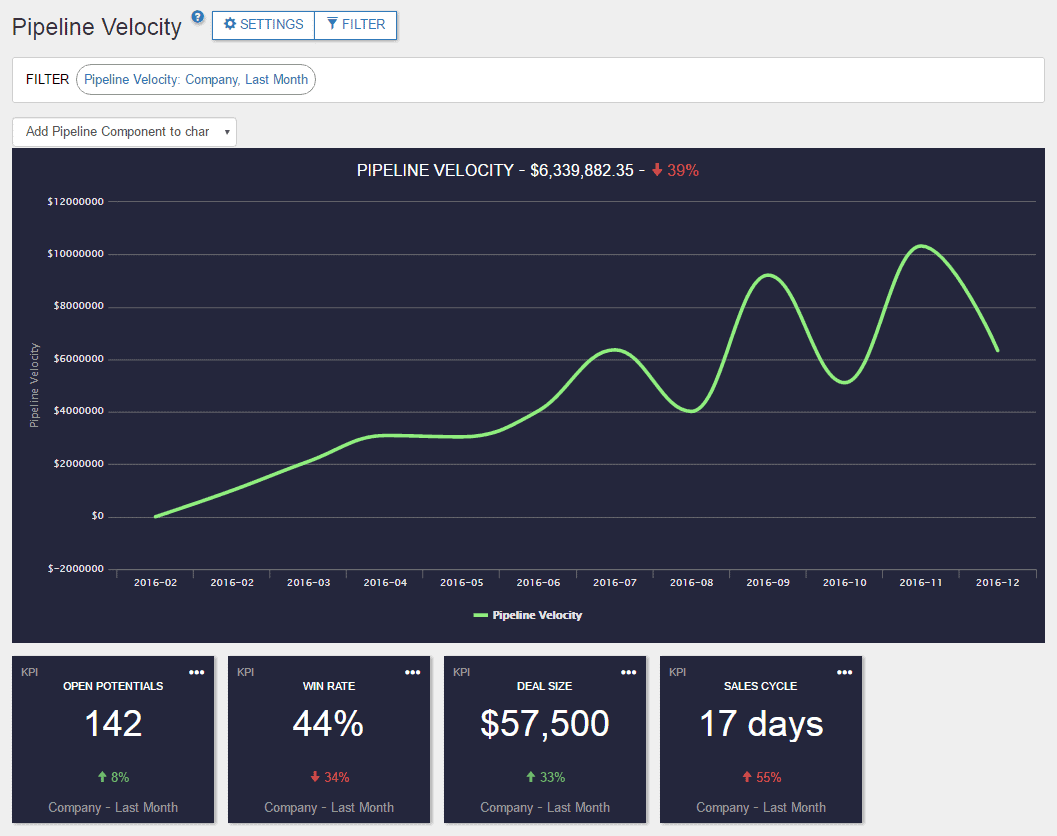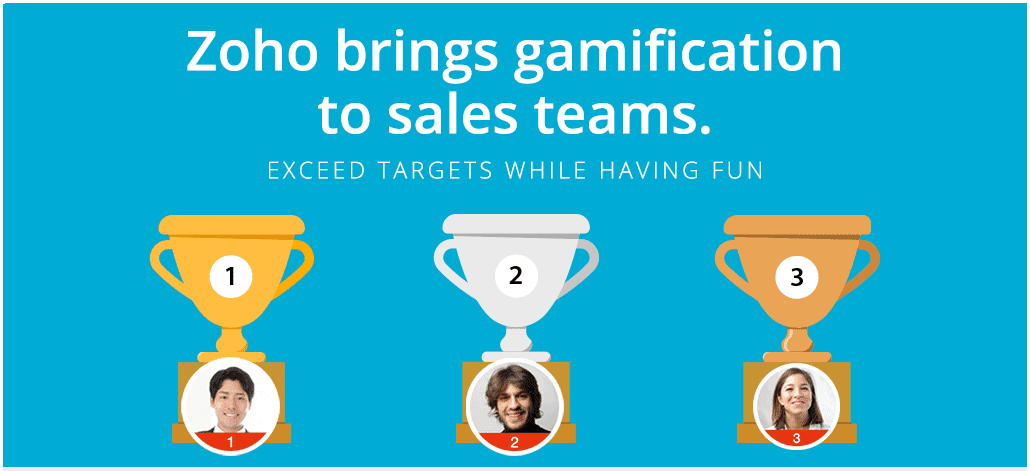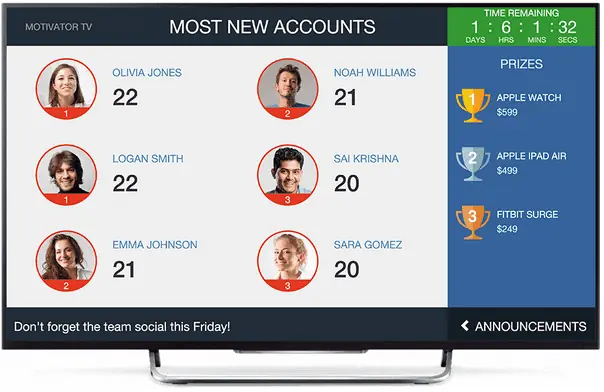Picture this: You’re closing deals because of your hard work ethic and quality pipeline. You’ve placed a great deal of emphasis on your sales strategy over the last year, and results are really paying off. Yet, you want to go one step further – you want to understand how quickly it takes for a new lead to become a closed deal, helping you and your team know the factors and levers that you can pull to move more efficiently. You want to really understand what your pipeline looks like, from lead to meeting, opportunity to closed deal. You want to understand your Sales Pipeline Velocity.
Your Sales Pipeline Velocity is like a mathematic equation. To find out how fast opportunities are moving through your pipeline, you need to determine the following:
Qualified Opportunities x Win Rate x Deal Size / Length of Sales Cycle
If you use this equation, you will accurately determine how quickly your opportunities will go through each stage of the buying process and turn into closed deals, meaning actual revenue for your business.
Yes, but why should you care about Sales Pipeline Velocity?
By accurately determining your team’s Sales Pipeline Velocity, you will have the ability to predict future sales and revenue, and discover how you can increase your team’s ROI.
You can predict sales and velocity by understanding how many opportunities it takes to turn into actual revenue. Yet, you can even go further – you can determine how many leads it takes to turn into a meeting, how many meetings it takes to generate an opportunity, and how many opportunities it takes to generate a closed deal.
How will the Sales Pipeline Velocity impact your business?
The Sales Pipeline Velocity will impact your business in four significant ways…
1. You’ll better understand and optimize qualified leads.
You know that qualified leads are where the revenue is really made. Qualified opportunities are leads who have contacted you, or have shown interest in your product or services. Only a fraction of leads actually make it through your pipeline to become qualified, which means that you need to focus on these gems.
By understanding and monitoring the Sales Pipeline Velocity, you will see how your qualified opportunities have grown over time. If it is not, this is a red flag to be aware of – which means you need to focus more on marketing and driving more leads, then focus on pulling levers where it matters most.
2. Your leadership team will have realistic expectations for sales cycles.
Most executive teams think, mistakenly, that a deal can be generated and closed within a month or two. Yet, that’s not always the case. Some sales cycles take upwards of six months to one year to close. Great sales teams spend time early in the sales cycle to establish the value they offer, instead of pushing and pushing to close a deal.
Back to understanding the pipeline velocity, understanding the average time to close a deal will provide accurate data to your leadership team – setting realistic expectations and targets.
3. You will accurately predict revenue.
Further to setting expectations, understanding your velocity will help you accurately predict revenue. Instead of guessing, crossing fingers and simply hoping for the best each and every quarter, your team will have the ability to predict how much revenue is in the pipeline every month. No more guessing; instead, rely on data to tell the tale.
4. Deal size will become more relevant.
Instead of spending time and energy on the small deals in your pipeline, understanding and interpreting data will give your team insight into which deals matter most – and which ones you should push to the side momentarily.
Deal size becomes more relevant when you focus your time on data and insights, making your sales pipeline much more relevant than ever before.
How Zoho helps optimize your Sales Pipeline Velocity
Thankfully, Zoho tells users exactly what their Sales Pipeline Velocity looks like – providing accurate data and insights. There is a fantastic Zoho Motivator dashboard available to users that displays potential stages, which includes open records, won records, closed records and initial states. It also provides KPI analysis, and gives you insight into how you can increase your opportunities, win rate, average deal size and sales cycle length.
Interested in seeing Zoho’s Sales Pipeline Velocity in action for your business – or, just have a general Zoho consulting or Zoho implementation question? Click here to contact us.











